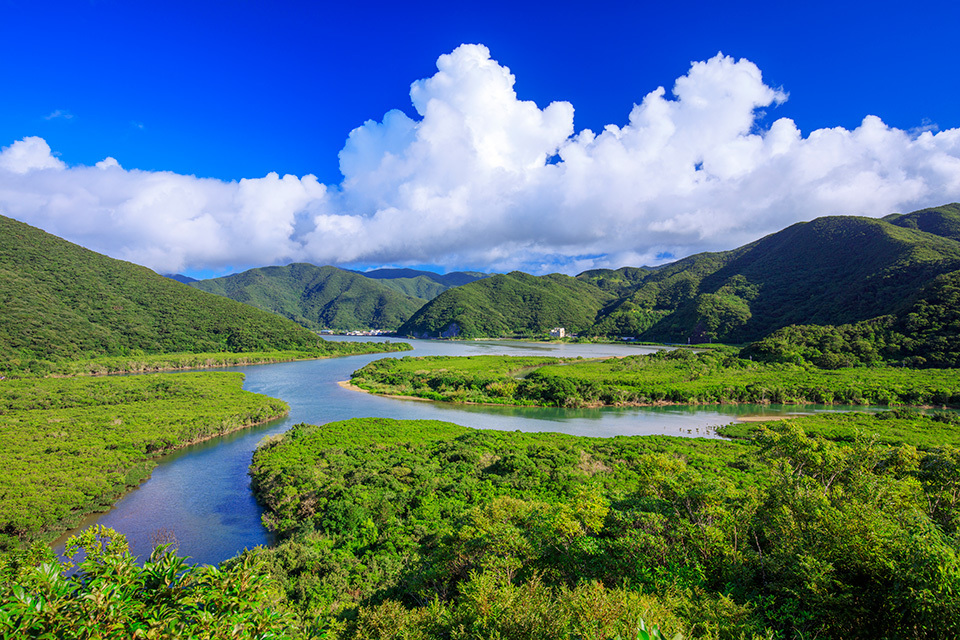
Japan is one of the world’s 36 biodiversity hotspots identified by Conservation International. This indicates Japan’s incredibly rich biodiversity and high percentages of endemic species. About one-third of Japan’s plants, half of its mammals, nearly half of its reptiles, and almost all of its amphibians are endemic to the islands. Much of this has to do with the isolation that comes with being an island, allowing plants and animals to evolve without contact with outside species. Another reason for the high levels of endemic species are the wide variety of climates within Japan, from the snowy mountains in Hokkaido to the beaches of Okinawa. Furthermore, only about 18% of land in Japan is inhabited with 11.7% considered farmland and 5.2% considered developed land. That means that nearly 70% of land in Japan is made up of forests and fields, which is yet another reason for their incredible biodiversity.

Despite the incredible biodiversity that Japan fosters, human activity is threatening to endanger that. For example, after World War II, clear-cutting of high-elevation conifer forests was promoted by the Forestry Agency of Japan to replace them with Japanese timber species. However, Japanese timber production has significantly declined due to its high cost compared to cheaper imported timber. Tourism has also put a significant strain on biodiversity as many forests are being cleared in order to build resorts and other tourist destinations. The increase in tourism has also led to the further development of public transportation, which allows easier to access previously remote destinations, putting wildlife at risk of destruction due to human activity. Furthermore, the introduction of invasive plant and animals species have significantly disrupted Japan’s natural biodiversity. For example, the Indian grey mongoose, Javan mongoose and Siberian weasel were introduced in order to control the snake population, but have instead caused a significant decline in native bird and mammal populations.
Sources:
Statistical Handbook of Japan 2022
